Technology is boosting marketing practices in amazing ways, but outdoor advertising is remaining as strong as ever. From design to development, creating a successful billboard is slightly more complicated than just drawing the idea on a napkin and getting it made.
It requires a lot of planning, a lot of measuring, and sometimes a lot of tweaking. However, with these billboard design tips, you’ll save budget on design, even if you don’t end up designing the billboard in-house.
Billboard ideas can stem from a variety of factors and inspiration. With a few billboard design tips, you’ll start thinking about the larger picture – not just what’s on the billboard.
Where Do I Start With Billboard Design?
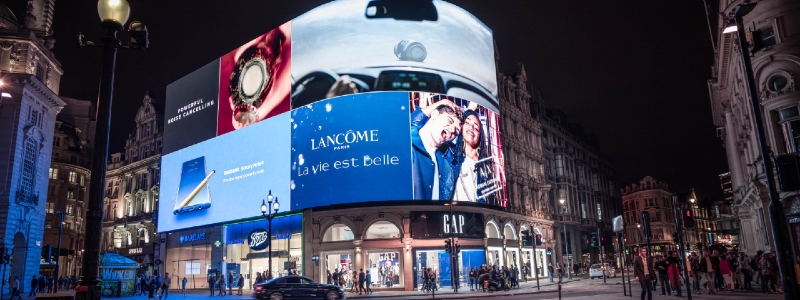
Designing a billboard can be intimidating, especially if you don’t can’t envision what it’ll look like or what it’ll say. How can a designer know what to design if you don’t know what to tell the designer? Start with these main billboard design tips before you even start creating the design.
Every design starts with these main steps:
Step 1. Define the Goals
As with any marketing strategy, don’t just make a billboard for the sake of doing it. You need to decide what you want to get out of your campaign, and then you’ll be able to think of the ideas that will accomplish that. Some billboards advertise a promotion, others announce a new product, and many simply remind consumers of your brand. The respective goal for each of those could be to get customers into the store soon, educate them that there’s a new product available, or just make sure your company is fresh in their mind next time they need to make a buying decision.
Step 2. Market Analysis
Great billboard ideas often start with research and analysis. One of the key aspects of creating a billboard is location. For example, a busy road into an urban center will be seen by many commuters, and one at the entrance to a shopping center will carry a message to customers about to spend money. You can get quite detailed information about how many people will pass by your sign on a daily basis, and thinking about the area where they’re going will help you determine their demographics.
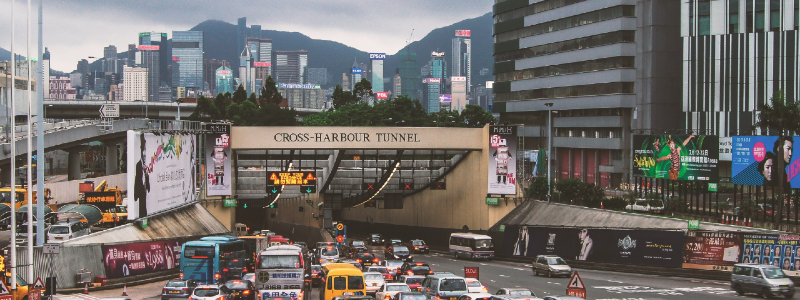
Step 3. Define the Target
Coming up with the appropriate target group is quite similar to setting the goals of the billboard. Outdoor advertising will usually be seen by a variety of people from different backgrounds in various demographic groups, but it’s a good idea to target it to someone more specific. People in a different age group or income level generally have different interests, and speaking successfully to one group is a much better idea than falling short of all of them.
A billboard for the Chevy Malibu used software recognition to identify drivers of similar cars and tell them why this one is better. This is an extreme example, but it shows how the creators were only targeting groups that were interested in certain vehicles.
Step 4. Have a Clear Message
Once you know the goal, target, and location of the billboard, you need to figure out the exact message you want to say. Billboards generally need to be simple and straightforward, so trying to get more than one message across usually won’t work. Don’t tell your customers that your store now has a new brand of shirts and that children’s clothes are on sale. Pick only one, and stick to it – otherwise, they won’t hear either of them.
Step 5. Pieces of a Bigger Campaign
Billboards can stand alone, but they’re generally more impactful when combined with a whole campaign. It’s a good idea to use them to reinforce ads given online, on TV, or through some other advertising medium.
Xbox once made a “Survival Billboard” to advertise a new video game, but it was part of a competition that was streamed online. Even though the sign itself wasn’t physically viewed by a ton of people, it was part of something bigger – and it worked.
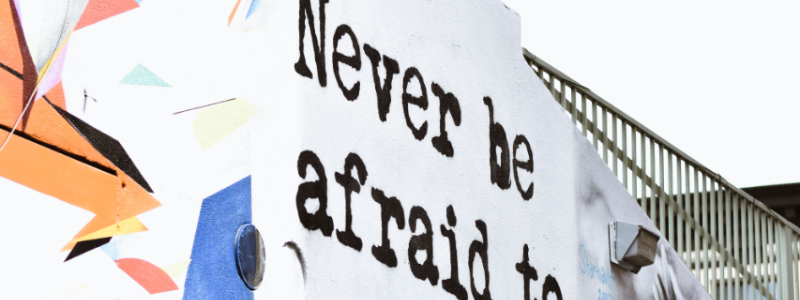
Step 6. Get Creative
Once you know what your sign should say, you need to think of a clever way of communicating that. Don’t be afraid to outsource this part if you’re too close to it, but also don’t be afraid to keep it in-house if you have a great idea. It won’t be as noticeable if it looks like all signs advertising something similar, but if it does it in a unique way (like this anti-smoking billboard), people will really engage with it.
Step 7. Keep It Simple
One thing to remember about a billboard is that people usually see it as their going past (often while driving a car), so they only have a few seconds to take it all in. You should use as few words as possible (try to keep it under 6 or 7), and don’t put anything on it that’s unnecessary. Even your logo doesn’t need to be included every time.
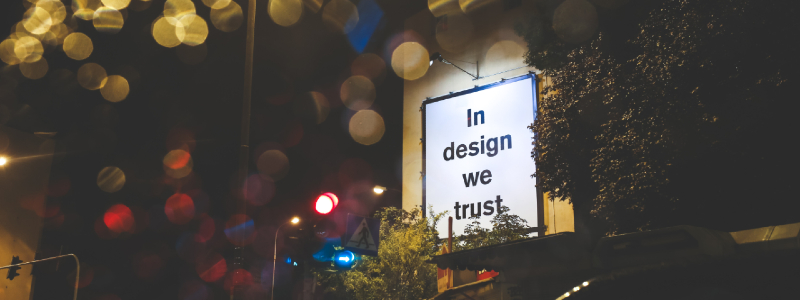
Step 8. Avoid Gimmicks
It’s easy to create a silly billboard that people will notice, but it’s worthless if it isn’t your target audience talking about the message you want them to hear. Your design and message have to resonate with your audience.
Reebok recently made a running billboard that’s a good example of successfully using an unusual idea. It wasn’t just a gimmick because it appealed to the competitive nature of its target group, and it followed their new brand concept of pushing yourself to Be More Human.
Step 9. Think Outside the Sign
As technology and billboards are getting better, they don’t have to be just a sign. They can use technology to let people play along (like this McDonald’s video game) go to dramatic lengths to highlight a problem (like this mosquito billboard), or even help people out (like this sign that gave drivers a safe place to rest).
Step 10. Measure, Analyze, and Repeat
As with all marketing and advertising, you should measure the results and see how well it worked. For great billboard ideas, plan to continuously update your strategy to match your business goals, and don’t be afraid to reuse the successful elements of your campaigns.
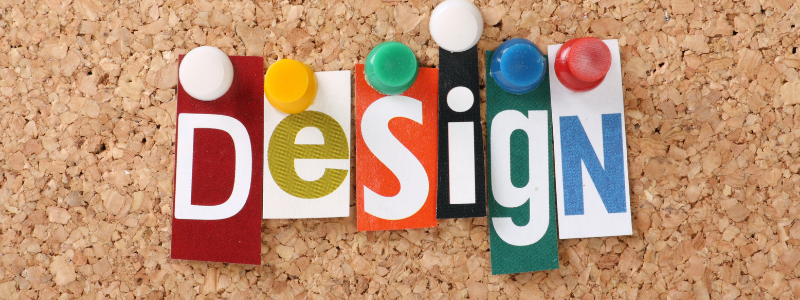
What Makes a Good Billboard Design?
Okay, now that we’ve got the hardest part out of the way, we can actually focus on the design aspects of your billboard. Here are some other billboard design tips to consider to have your brand and message stand out:
Be Consistent
Whatever your message is, make sure you get your story straight. There should be brand guidelines that you follow for all billboards, ads, and creative you produce. Find your identity, find your story, find your voice, and keep that consistent.
Be Bold
The bigger, the better. Be loud. Remember, your audience is driving or engaged in something else, so the easier it is to read and understand your message, the more impactful it is. Don’t be shy, use actionable words like “do,” or “now.”
Be Simple
Your audience doesn’t have time for complicated messages or multiple calls to action. Be clear about what you want your audience to do and how to do it.
Be Authentic
Being genuine and “real” is the best approach. People can sense when you’re not speaking from the heart, so make sure you connect with rhetoric.

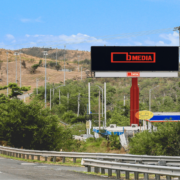

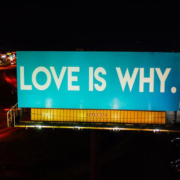
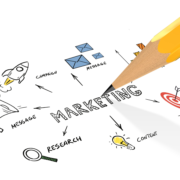
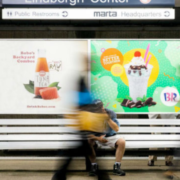
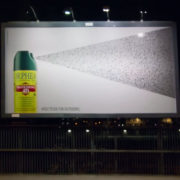
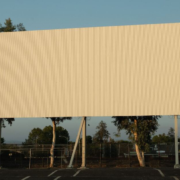
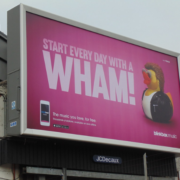

 787 792 4113
787 792 4113
